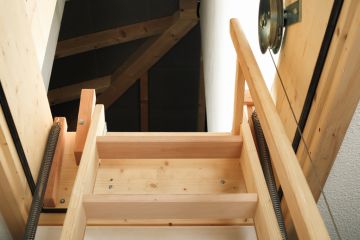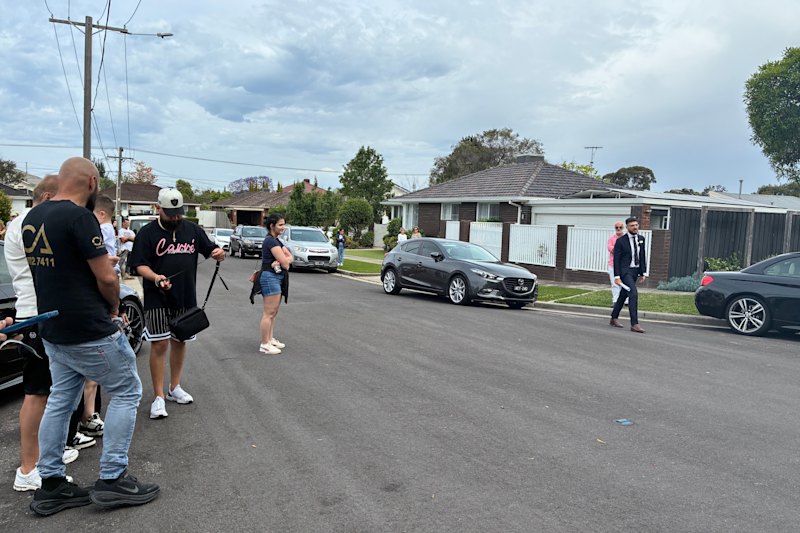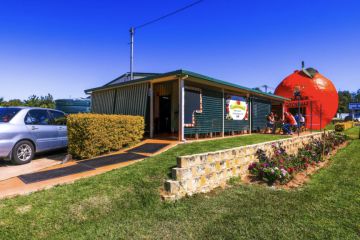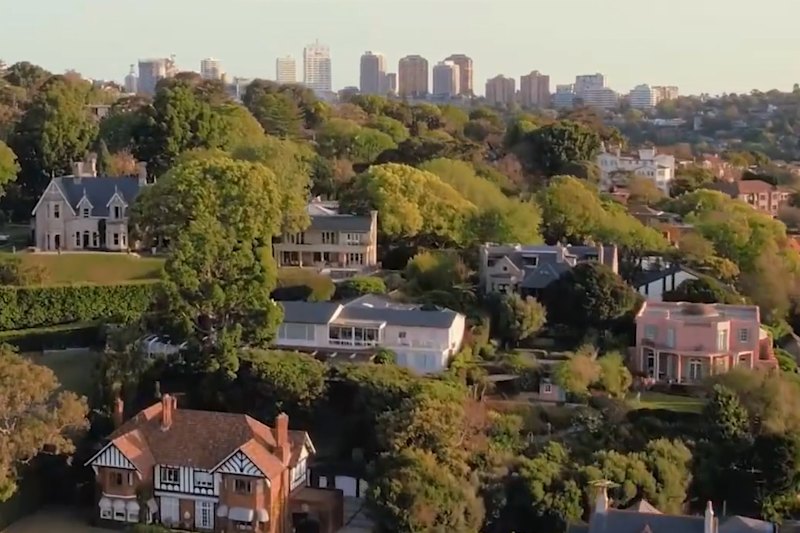What are the chances of buying a home in 2024?
First home buyers are set to face another challenging year, but there could be some reprieve in sight as property price growth slows, more homes hit the market and expectations mount for cash rate cuts.
First home buyer activity hit a multi-year low in early 2023, as first-timers faced rapidly rebounding prices and reduced borrowing capacity, before picking up as the year progressed – with new owner-occupier loans rebounding 25.9 per cent by October, the latest figures from the Australian Bureau of Statistics show. That left them up 6.8 per cent annually, but still below the five-year average.
ANZ senior economist Adelaide Timbrell said first home buyers had faced three huge challenges that were set to continue into 2024; rising prices, higher interest rates and inflation, and more expensive rents.
“If you’re in the rental market you have less left over to save for a home … and inflation is running higher than usual, so your cost of living is also taking away from your ability to save, while higher interest rates are reducing your ability to borrow,” Timbrell said.
“House prices have also risen and will continue to rise, so your deposit is chasing after that too,” she said, adding that reduced borrowing power meant increased demand for cheaper properties, which was pushing prices up for that market segment.
“We’re not expecting a first home buyer boom in 2024.”
However, there could be a little relief ahead, given the pace of annual price gains is expected to slow to 6 per cent, and rates are likely to have peaked – with Timbrell pencilling in a cut in late 2024. She expects wage growth nationally to outpace inflation, making it slightly easier to save.
There will also be more support available, with the federal government’s shared equity scheme, Help to Buy, set to be rolled out at a yet-to-be specified date.
The government will make an equity contribution of up to 40 per cent for new homes and 30 per cent for existing homes, reducing the loan required, and allowing eligible participants to buy with just a 2 per cent deposit. Income and property price caps apply.
It joins similar schemes in NSW, Victoria and Western Australia, and is in addition to the Home Guarantee Scheme which enables low-deposit purchases without mortgage insurance. Changes to the First Home Super Saver Scheme are also due in September, to give buyers more flexibility.
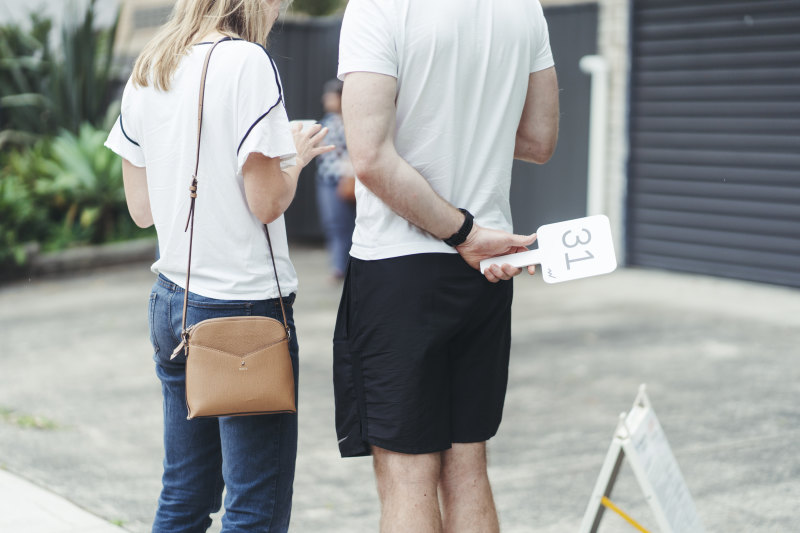
A mix of first home buyer grants and stamp duty exemptions and concessions remain across the states and territories, including in Queensland, where the grant for buying or building a new home recently doubled to $30,000.
Domain’s chief of research and economics Dr Nicola Powell said first home buyers would face a challenging landscape in 2024, given prices were back at or near record highs in most cities and the cash rate was expected to remain higher for longer.
While the shared equity scheme would be a game changer for eligible first home buyers, Powell said it would do little to shift the overall outlook.
“It will boost demand … and it will mean more entry-level buyers are fighting for similar-priced properties, and given we’re unlikely to see a dramatic change in supply, it means [the scheme] will support prices.”
She preferred the scheme to cash grants, which ultimately pushed up prices, but said the focus needed to be on the housing accord delivering its target of 1.2 million homes over five years.
Michelle May, of the eponymous Sydney buyer’s agency, said 2023 had been a tough year for first home buyers, and 2024 was likely to follow suit.
“We had a fair amount of first home buyer interest, probably more than [in 2022] but we’re finding most of them will have help from the bank of mum and dad … we see a mix of cash gifts, loans and guarantees,” May said.
A survey of mortgage brokers by Jarden late last year found about 15 per cent of all borrowers were purchasing with family assistance, with two-thirds of those receiving a cash loan or gift with an average value of $70,000.
Even with family help, May said most still had to compromise, with some looking further afield, to a smaller home, or different property type to break into the market.
“Ultimately, the reason it’s so hard for first home buyers is because demand is outstripping supply, and unless there is a significant change in that equation there is nothing to suggest prices will come down.”
We recommend
We thought you might like
States
Capital Cities
Capital Cities - Rentals
Popular Areas
Allhomes
More
- © 2025, CoStar Group Inc.
/http%3A%2F%2Fprod.static9.net.au%2Ffs%2Feefca80a-86f1-44b1-bae2-cc677623ee85)
/http%3A%2F%2Fprod.static9.net.au%2Ffs%2Faea25259-29df-4546-a328-db221c0dfc99)
